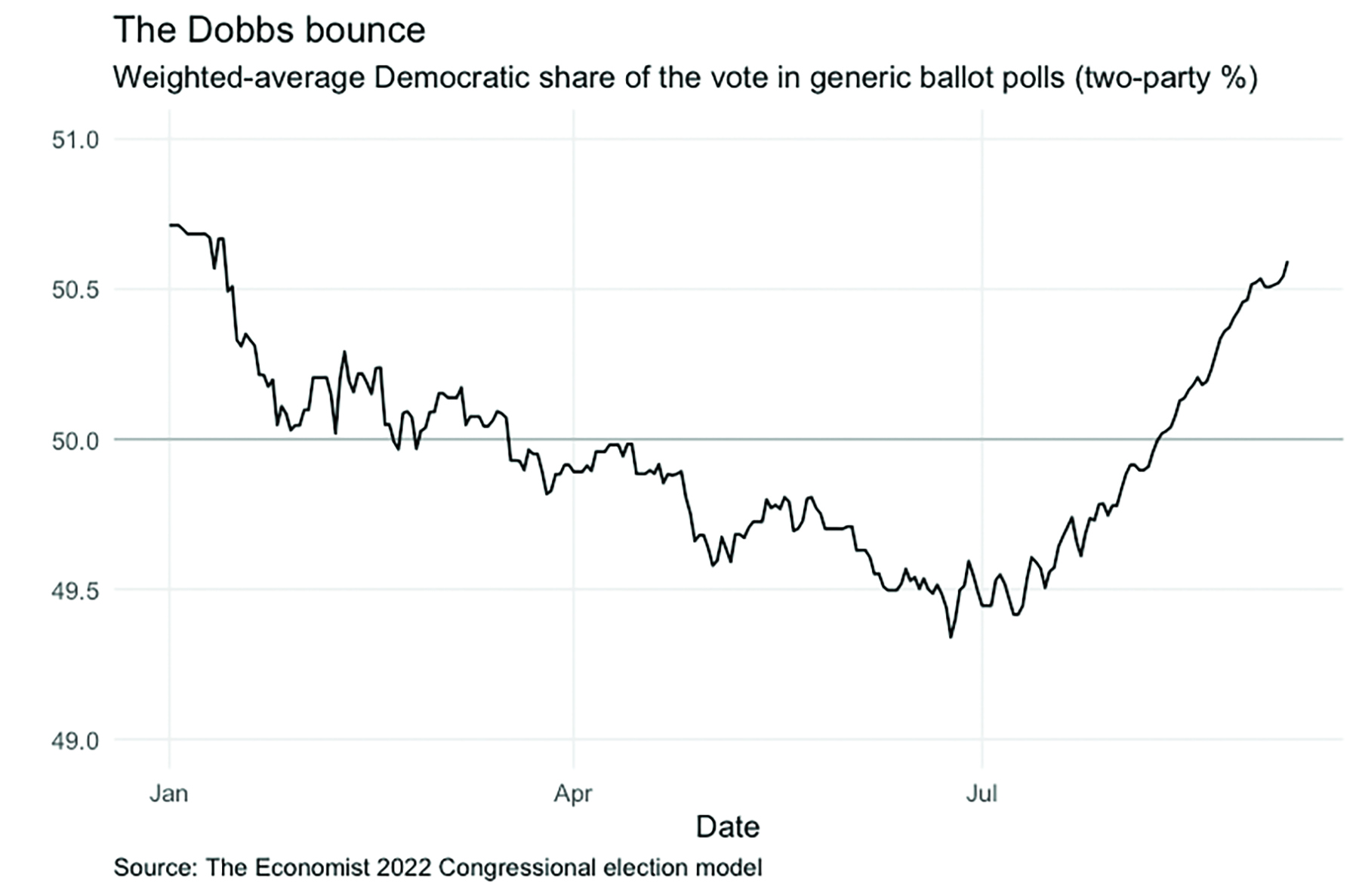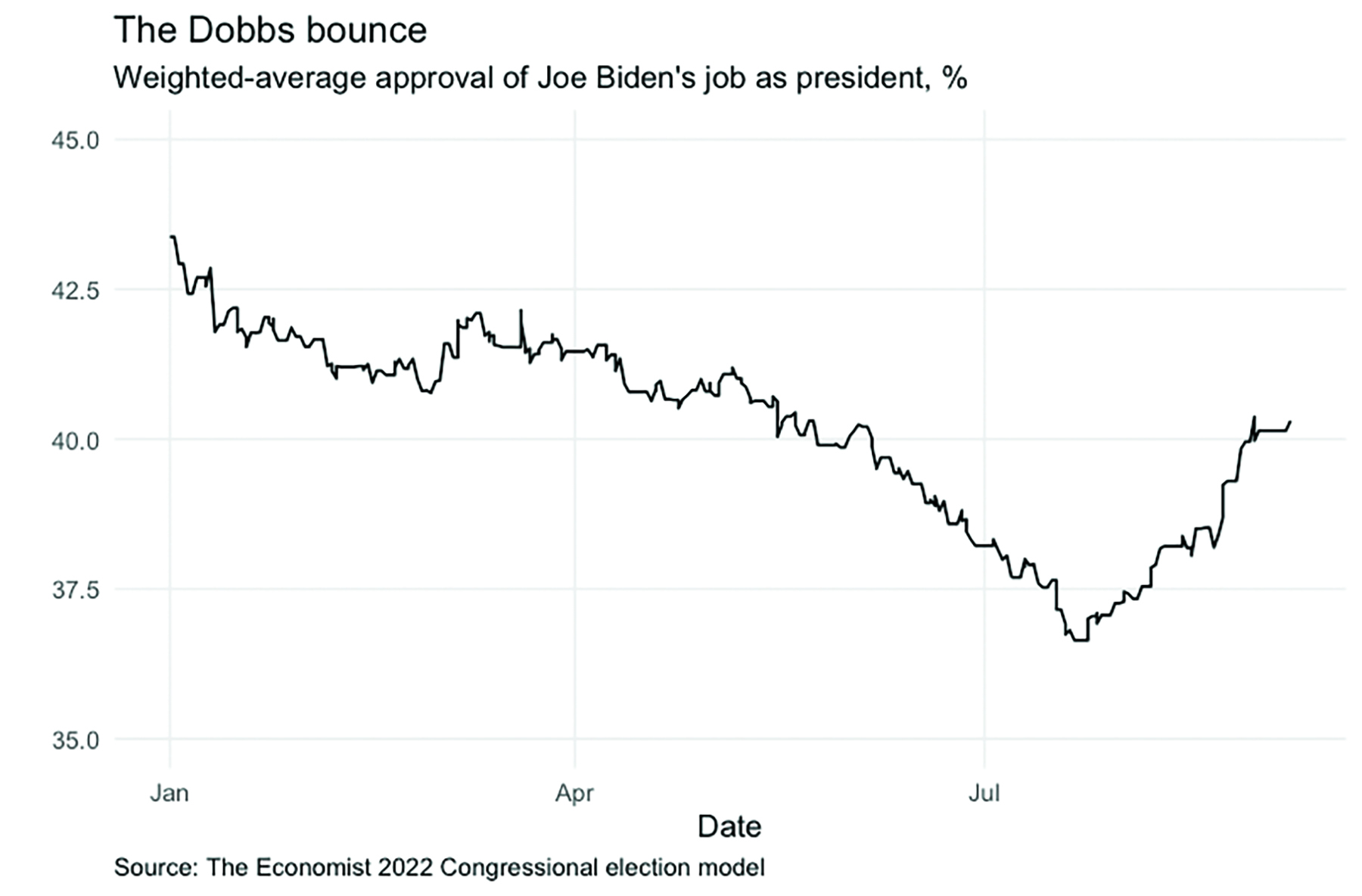The dimmest bulb on the New York Times’s editorial board did the COVID-19 masking enthusiasts a disservice recently when she said the quiet part out loud.
Appearing on MSNBC’s Morning Joe, Mara Gay confirmed perpetual masking is, more than anything else, a public display of virtue.
“Masking remains an act of solidarity and respect for vulnerable people,” said Gay. “That includes people with disabilities, with chronic conditions like asthma, as well as for hard-hit communities like native and black communities especially, Hispanic communities.”
Never mind whether masks supposedly “stop the spread.” Never mind whether masks do anything to protect wearers and bystanders from infection. Never mind whether perpetual masking is even based on sound scientific reasoning. That’s not the point. The point, according to Gay, is this: Wearing a mask is necessary because it’s virtuous. It’s an outward political and social identifier, a sign of one’s personal commitment to honoring specific niches and beliefs. It’s a merit badge for whatever the partisan version of the Girl Scouts is.
This view, that restrictions are good and necessary because they allow us to put our virtue on public display, has long been the driving force behind onerous COVID-19 restrictions. The view, championed by state and local leaders, public health agencies, and the commentariat, is the reason the entire United States economy was shut down. It’s why your grocery store installed markers making all aisles one-way. It’s not science. It’s what we feel.
The people who champion strict COVID-19 measures do so because it’s an issue of felt “goodness.” The measures make them feel a certain way, one they apparently enjoy. It’s the same type of thinking that kept businesses, places of worship, and schools closed for so long, to the detriment of state economies and likely an entire generation of school children. It’s not that closures are actually helpful. It’s that they show we care about the correct things.
The really infuriating thing is: The people pushing for these largely unnecessary restrictions refuse to admit they do so simply because they enjoy the feeling of perceived goodness (not the efficiency or efficaciousness of the thing). They’ve long claimed their preferred practices have real and tangible health benefits. They should all be annoyed now that Gay, who is herself a masking enthusiast, said out loud what the rest of us have long suspected regarding their zealous support for unnecessary and outdated COVID-19 restrictions.
Polling
Polling data are fun, especially when one has no idea what one is looking at.
It has been a few months since the Supreme Court ruled to overturn Roe v. Wade, and Republicans should be very sorry.
Or so says Economist data journalist G. Eliott Morris.

“The Republican Party cheering on the overturning of Roe v. Wade may go down as one of the worst political decisions of recent memory,” he remarked last week.
Upon what, exactly, is his analysis based?
To support his “worst political decisions of recent memory” claim, Morris shared two graphs on social media, both of which supposedly show sizable polling gains for the Democratic Party.
The first graph, titled “The Dobbs Bounce,” named for the Supreme Court’s ruling in Dobbs v. Jackson Women’s Health Organization, shows the “weighted-average Democratic share of the vote in generic ballot polls.” The graph does indeed feature an upward “bounce” in the Democrats’ favor. The second graph, also titled “The Dobbs Bounce,” shows the “weighted-average approval of Joe Biden’s job as president.” Like the graph that precedes it, it shows a bump for the president.

However, there’s a big problem with the charts and the corresponding data, all of which come from the Economist’s 2022 congressional election model.
It’s the “Y” axis.
The first chart’s starting point on the “Y” axis is 49%. Its final point is 51%. In late April, before the ruling, the weighted average registered at about 49.4%, its lowest point this year. In late July, after the Roe ruling, the weighted average clocked in at about 50.5%. This means the Democratic Party saw a “bounce” of a whopping 1 point in generic ballot polls post-Roe.
One whole percentage point since the court’s ruling. Wow!
In the second graph, the one for Biden’s approval rating, the starting point on the Y axis is 35%. The final point is 45%. As the graph shows, the president has enjoyed a “bounce” of roughly 4 percentage points since the Supreme Court’s decision on Dobbs. That’s pretty decent, but this brings us back to Morris’s original point.
A “bounce” of 1 point in generic ballot polls and a “bounce” of 4 points for the president’s approval rating means conservative support for the Dobbs decision may be one of the “worst political decisions of recent memory”?
Come on, now. Let’s be serious for a moment.
Speaking of being serious, consider for a moment that conservative support for the Dobbs decision may not have anything to do with politics, as Morris suggests. It may actually have everything to do with deeply held convictions involving the sanctity of human life. And if this is the case, conservatives support the decision because it protects life, not because they think it is merely a political “win.” So, losing a single percentage point in generic ballot polls in return for the overthrow of Roe v. Wade and a return of the issue of abortion to the states is — well, actually, that’s a great deal. And if it really is just political, then delivering a massive victory to one’s base, a win that was decades in the making, and losing only a single percentage point in generic ballot polls, well, that’s good politics as well.
For the last word, we turn to former political strategist Liam Donovan, who said in response to Morris’s analysis, “If the worst that comes of Dobbs is [Republicans] leaving some seats on the table in the midterm and Biden reverting to the historical mean it seems like a trade anybody who actually supports the policy would gladly accept.”

